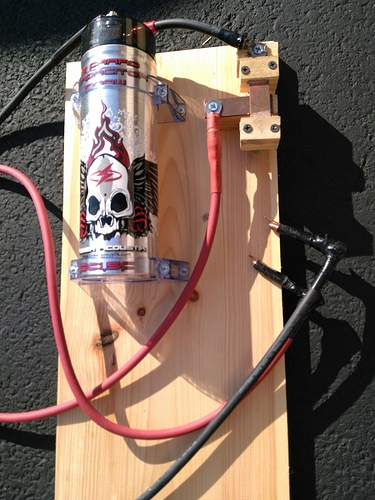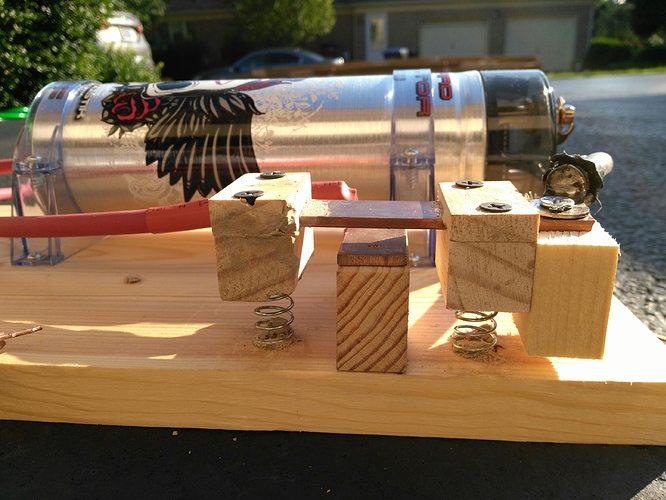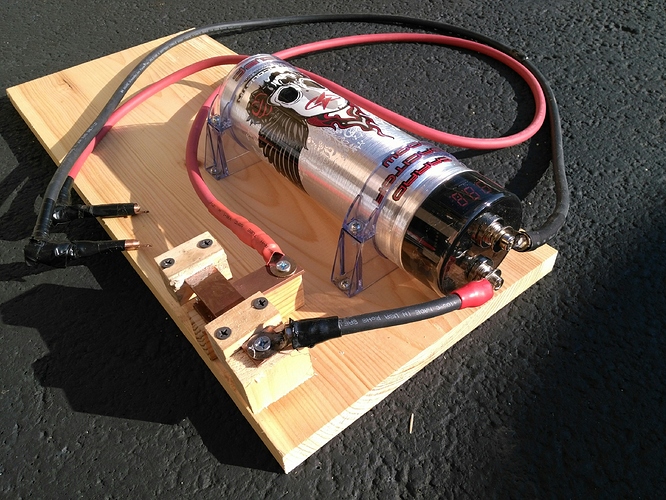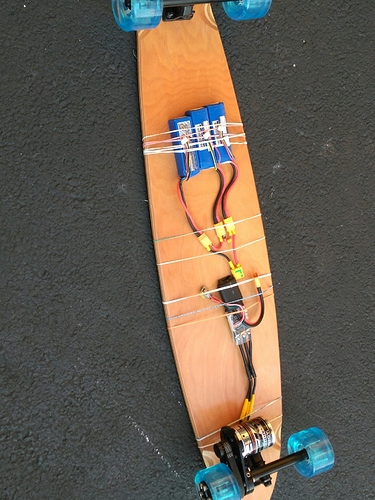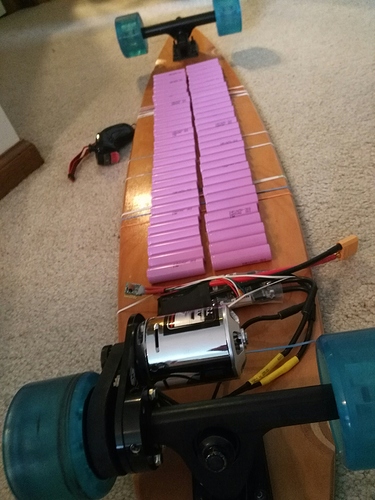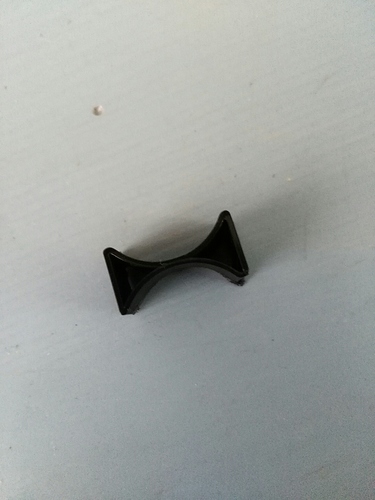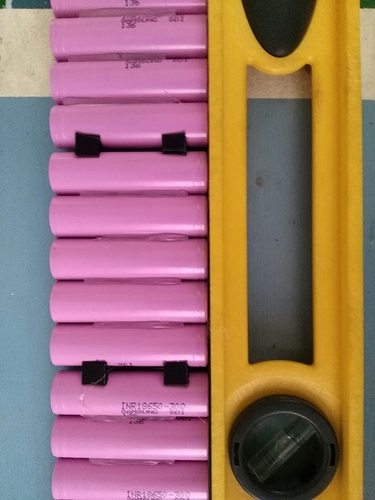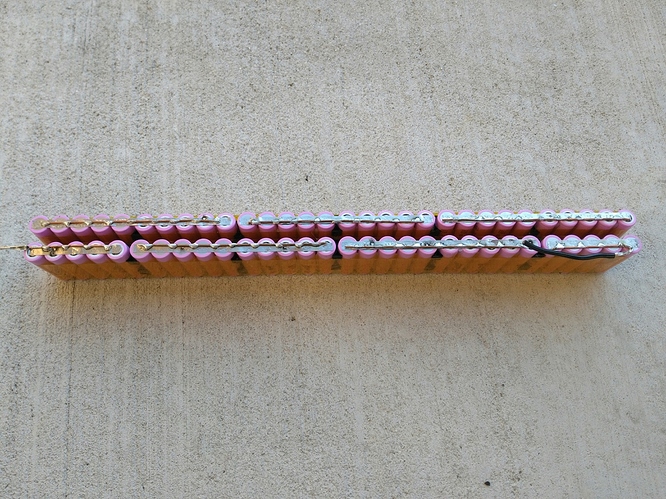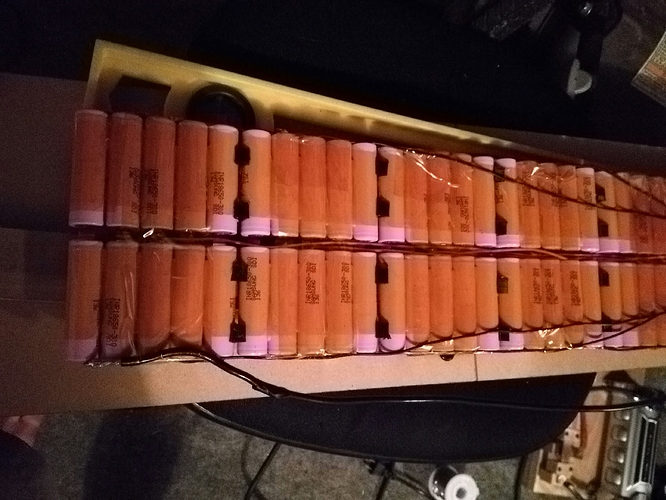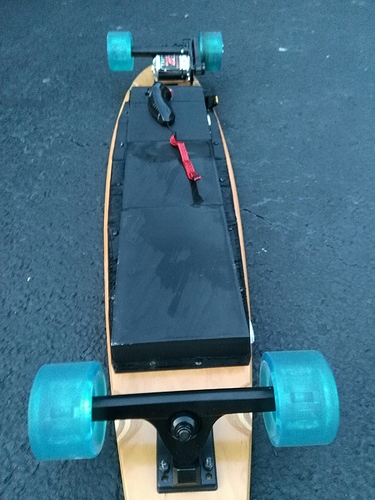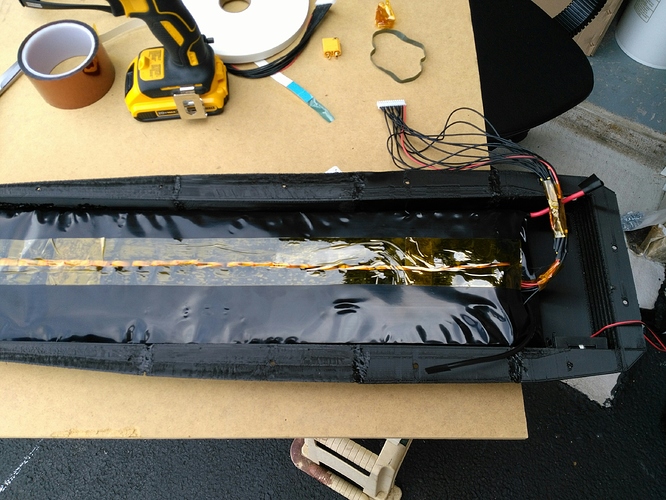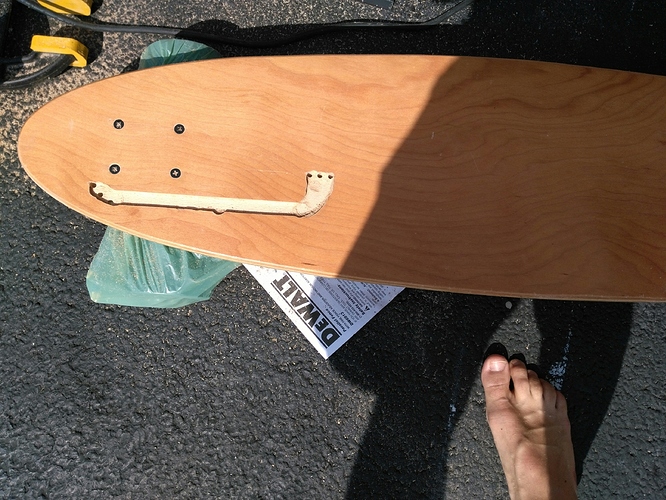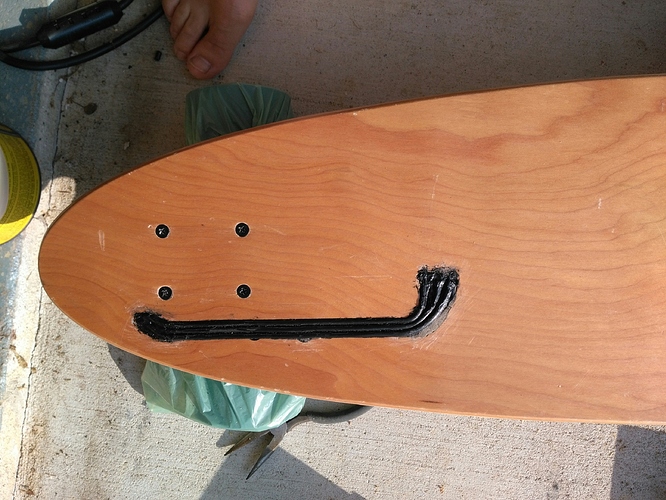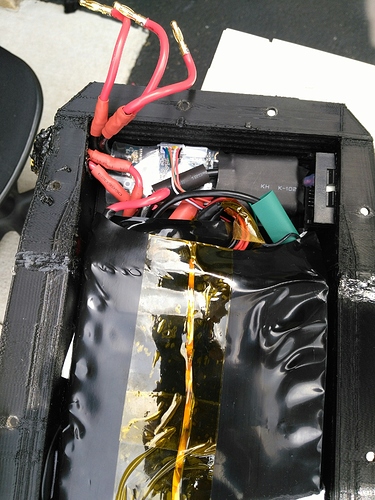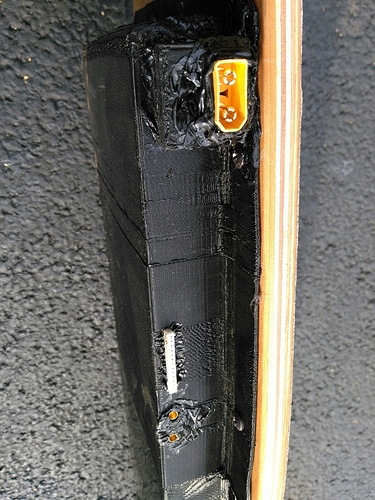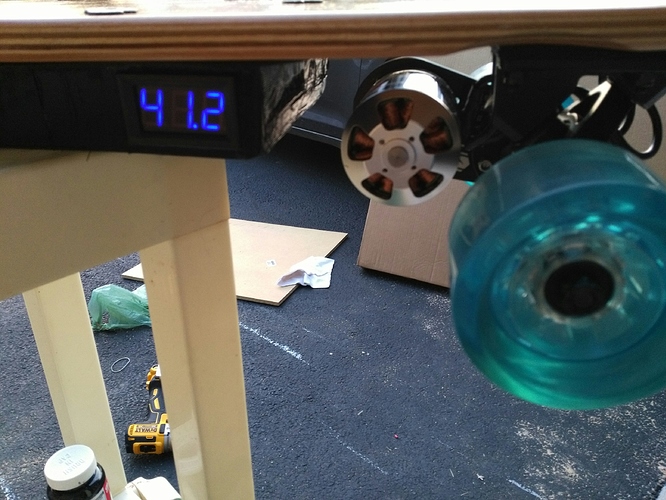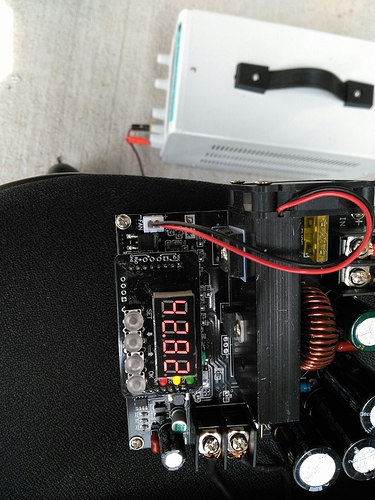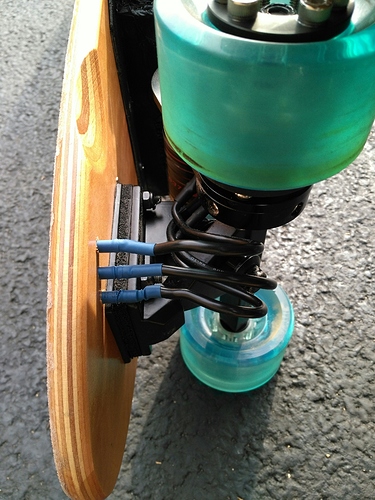The core of the build plan is as follows:
sk3-6364-190kv motor
single motor kit from DIY (trucks, 83mm wheels, 36/16 gear ratio, 12mm belt, etc.) diy-electric-skateboard-kits-parts/torqueboards-single-motor-mechanical-kit/
VESC diy-electric-skateboard-kits-parts/vesc-the-best-electric-skateboard-esc/
10S5P - Samsung 25r
I haven’t yet chosen a deck, remote, battery enclosure method yet but they aren’t my main priorities at the moment.
The esk8 calculator expects a top speed of 25mph/40kmh with 85% efficiency (not sure if 85 is about right or not) http://calc.esk8.it/#{“batt-type-lipo”:0,“batt-cells”:10,“motor-kv”:190,“system-efficiency”:85,“motor-pulley-teeth”:16,“wheel-pulley-teeth”:36,“wheel-size”:83}|
Honestly, that top speed is probably more than adequate. I’m more concerned about hill climbing than top speed. Do you think that this build should be sufficient to get up large/decently steep hills? Also I’ve seen recommendations to use 15mm belts with single motor builds. Should I be concerned that the belt that comes with this kit is 12mm? I’m only about 130lbs/ 59kg, so I expect that will help.
Does anyone see anything overtly wrong/ any inconsistencies with this build? Otherwise, I’m excited to take the plunge.
Thanks! -Ben
edit: I already noticed that my original build plan (213kv) slightly exceeded the recommended ERPM. I edited this post to swap to a 190kv motor 190427= 55860 - should work
